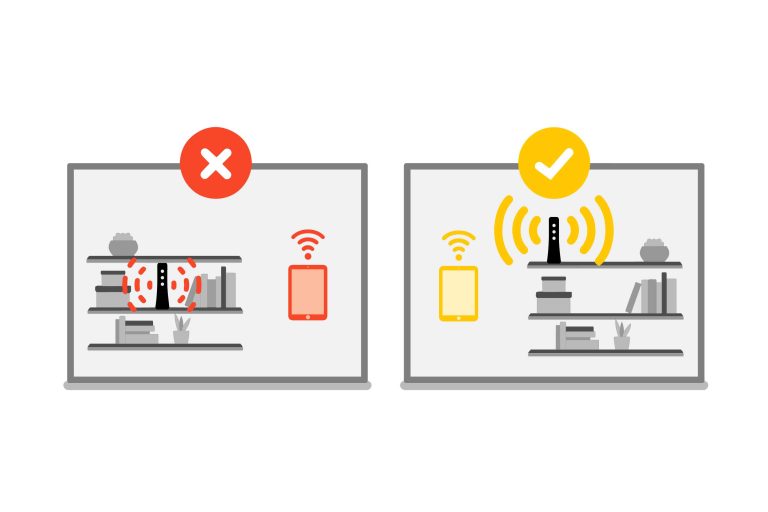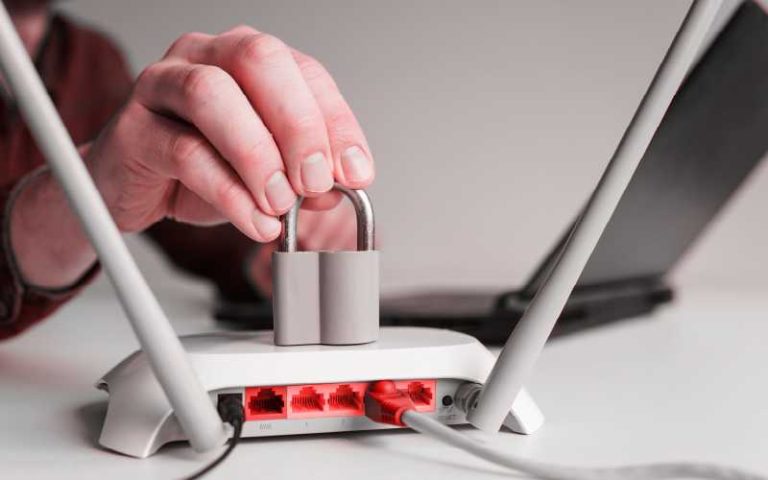To boost your Wi-Fi signal instantly, try repositioning your router to a central, open spot, update its firmware, and reduce interference from other electronic devices. These simple tweaks can dramatically improve your internet speed and connectivity.
Boosting your Wi-Fi strength doesn’t have to be complicated. In just a few easy steps, you can enjoy faster, more reliable internet throughout your home. Whether it’s moving your router to a better location, upgrading your equipment, or optimizing your network settings, these strategies will help you stay connected without frustration.
Are you tired of slow or spotty Wi-Fi? Weak signals can be incredibly frustrating, especially when you’re in the middle of a work call or streaming your favorite show. Luckily, there are effective ways to enhance your Wi-Fi coverage and ensure a stable connection. From physical adjustments like relocating your router to technical upgrades like changing channels, discovering the best methods can make a huge difference. No need for complicated setups—just proven tips and simple changes can give you the boost you need for seamless internet access everywhere in your home.
Best ways to boost wifi signal strength
Understand the causes of weak wifi signals
Before improving your wifi signal, identify why it’s weak. Common reasons include obstacles like walls, interference from other devices, and router placement issues. Knowing the cause helps you choose the most effective solution.
Optimize your router’s position
The placement of your router greatly affects signal strength. Place your router in a central location away from thick walls and metal objects. Elevate it on a shelf or high spot to maximize coverage. Avoid placing it near devices like microwaves or cordless phones that can cause interference.
Keep your router elevated
Position your router on a high shelf or mount it on a wall. This reduces obstructions and allows signals to spread evenly throughout your space. A higher position often results in a stronger, wider wifi coverage area.
Avoid clutter and obstructions
Clear the area around your router from large furniture or appliances. Reduce clutter that can block or absorb wifi signals, ensuring better transmission and reception.
Update your router’s firmware
Firmware updates improve your router’s performance and security. Check the manufacturer’s website regularly and follow instructions to update your device. Updated firmware can fix bugs and enhance signal stability.
Choose the right wifi channel
Wireless networks operate on different channels. If neighboring networks use the same channel, interference occurs, weakening your signal. Use a wifi analyzer app to find less crowded channels and switch your router accordingly.
Switch between 2.4 GHz and 5 GHz bands
Most routers offer dual-band functionality. The 2.4 GHz band covers larger areas but can be more crowded. The 5 GHz band offers faster speeds and less interference but has a shorter range. Use each band based on your needs.
Upgrade your router or add extenders
Older routers may not provide strong signals needed for modern homes. Consider upgrading to a newer, more powerful router with multiple antennas. For larger homes, wifi extenders or mesh networks can extend coverage seamlessly.
Use mesh wifi systems
Mesh systems consist of multiple units working together to blanket your entire home with wifi. They eliminate dead zones and provide consistent signal strength across large areas. Setting up a mesh network is straightforward and effective.
Secure your wifi network
An open or unprotected network invites unauthorized users who can slow down your connection. Use strong passwords and encryption methods like WPA3. Secured networks ensure better bandwidth and reduce interference from unwanted devices.
Reduce interference from other electronic devices
Many electronics operate on similar frequencies, causing interference. Keep your router away from Bluetooth devices, cordless phones, and baby monitors. Changing the wifi channel can also minimize interference.
Adjust router’s settings for better performance
Access your router’s admin panel and disable unused features. Enable Quality of Service (QoS) to prioritize bandwidth for important activities. Also, reduce the number of connected devices when possible to enhance overall speed and signal strength.
Enable QoS for priority traffic
QoS settings allow you to designate certain types of traffic—like video calls or gaming—as high priority. This prevents other devices from hogging bandwidth and keeps your connection smooth.
Use wired connections for stationary devices
For devices like desktop computers and smart TVs, use Ethernet cables instead of wifi. Wired connections provide more stable and faster internet, freeing up wifi bandwidth for mobile devices.
Limit the number of connected devices
Too many devices sharing a wifi network can weaken the signal. Disconnect devices that are not in use. Managing your device connections keeps your network fast and strong.
Consider wifi signal boosters and external antennas
External antennas can increase your router’s range. Use signal boosters or wifi extenders to amplify coverage in specific areas. These tools are easy to install and cost-effective.
Install high-gain antennas
Replacing your router’s standard antennas with high-gain models can significantly extend coverage. Point antennas toward areas with weak signals for better distribution.
Monitor your network regularly
Use network monitoring tools to check signal strength and identify weak spots. Regular checks help you make adjustments promptly and prevent slowdowns.
Protect your network from interference-causing devices
Identify devices causing interference and move them away from your router. Turning off unused electronic devices can help maintain a clean signal environment.
Consult your internet provider for support
If you’ve tried all methods and still face issues, contact your internet service provider. They can offer tailored solutions or replace faulty equipment to improve your wifi signal strength.
Test and Fine-tune your setup
After implementing changes, test your wifi speed and coverage. Use tools like speed tests and coverage maps to measure improvements and make necessary adjustments.
Boosting wifi signal strength involves a combination of strategic placement, hardware upgrades, and reducing interference. Regularly reviewing your network setup and updating your equipment ensures reliable, fast wifi throughout your home. With patience and the right tools, you can enjoy a stronger, more consistent internet connection everywhere in your house.
5 SIMPLE Ways to Extend Wi-Fi In Every Room of Your Home – Even OUTSIDE!
Frequently Asked Questions
What physical adjustments can improve my WiFi signal strength?
Position your router in a central location, elevated off the ground, and away from thick walls or large metal objects. Keep it away from electronic devices that might cause interference. These physical adjustments help ensure a clearer signal distribution throughout your space, enhancing overall strength.
How can I update my router’s firmware to enhance WiFi performance?
Regularly check your router manufacturer’s website for firmware updates and follow their instructions to install the latest version. Updated firmware can fix bugs, improve signal efficiency, and add new features that help boost your WiFi performance.
Are there specific settings I should change on my router to improve signal quality?
Yes, accessing your router’s settings to select the optimal WiFi channel can reduce interference from neighboring networks. Using the 5 GHz band instead of 2.4 GHz can also provide a stronger, faster connection if your devices support it. Adjusting these settings helps improve signal clarity and speed.
Can adding WiFi extenders or mesh systems help strengthen my connection?
Yes, using WiFi extenders or setting up a mesh network broadens coverage, especially in larger spaces or areas with dead zones. These devices work together with your existing router to ensure consistent signal strength across your entire home or office.
What are some common sources of WiFi interference I should avoid?
Keep your router away from cordless phones, microwave ovens, Bluetooth devices, and large metal objects. These items can interfere with your WiFi signals, weakening connection quality. Maintaining distance from such sources ensures a clearer signal and better performance.
Final Thoughts
The best ways to boost wifi signal strength involve simple adjustments like placing your router in a central location and elevating it off the ground. Reducing interference from other electronic devices can significantly improve signal quality. Using a Wi-Fi extender or upgrading to a higher-gain antenna also helps enhance coverage. Implementing these strategies ensures a stronger, more reliable connection, making your online experience seamless.
I’m passionate about hardware, especially laptops, monitors, and home office gear. I share reviews and practical advice to help readers choose the right devices and get the best performance.




